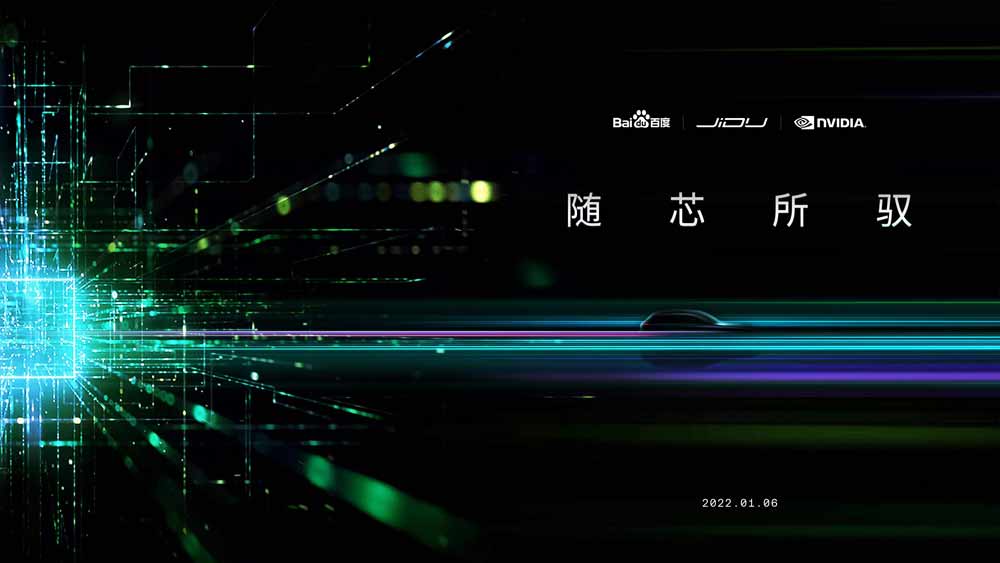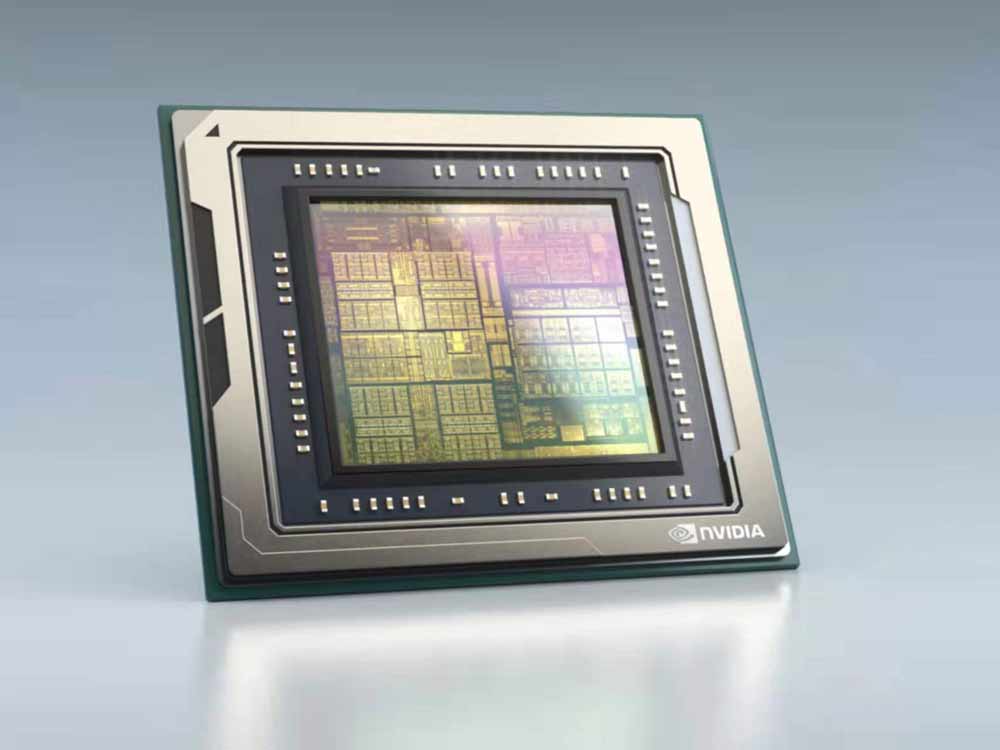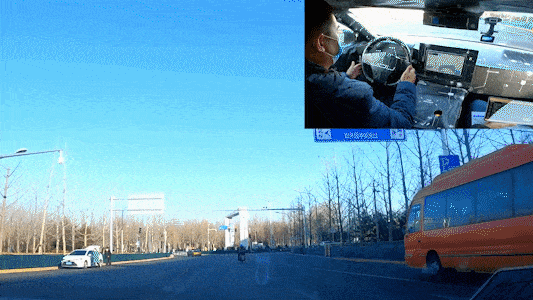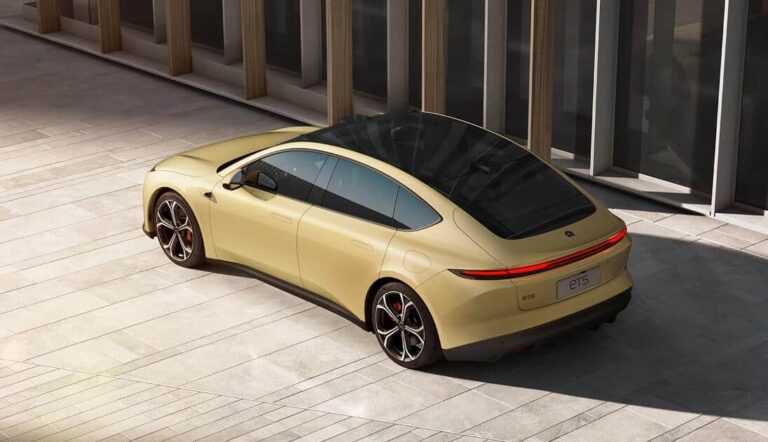Jidu says its first model is expected to be available in 2023 and will be an L4 self-driving capable robot car.
(Image credit: Jidu)
Nio ditched Mobileye for Nvidia's self-driving chip in its latest NT 2.0 platform. Now, Baidu's car-making arm Jidu Auto has adopted the same choice and is demonstrating the self-driving capabilities of its first model.
Baidu and Jidu jointly announced on January 6 during the CES 2022 event that Jidu's first production vehicle will be powered by Nvidia's DRIVE Orin system-on-a-chip (SoC).
The model, which is expected to be available in 2023, will be an L4 self-driving capable robot car, Jidu said, adding that a concept of the product is expected to be unveiled at the Beijing Auto Show in April this year.
At the Baidu Create developer conference on December 27, 2021, the company's founder, chairman and CEO Robin Li said Jidu will unveil its first concept robot car in the first half of 2022, with mass production and delivery in 2023.
"The robot car is our judgment of the future of automotive development," Li said at the time, adding, "I am confident in Jidu's future and very excited about Jidu's robot car."
Jidu said in a press release today that its intelligent driving system is based on Baidu's autonomous driving computing platform and hardware, and computing power provided by Nvidia DRIVE Orin, with software and algorithms co-developed by Jidu and Baidu.
The system covers the full range of autonomous driving scenarios and provides industry-leading, safe and reliable autonomous driving functions in highway, urban open roads, Jidu said.
In fact, Jidu has made significant progress in the development of autonomous driving technology.
On January 5, Jidu said its simulated prototype Jidu SIMUCar for robot car development has successfully integrated intelligent driving functions for urban and highway scenarios, verifying the safety and reliability of mass production L4 autonomous driving capability in advance.
At present, the "brain" of Jidu's robot car has the ability to "move freely" and is fully prepared for mass production in 2023, the company said.
Jidu's vehicles will be delivered complete with a leading-edge, safe and reliable self-driving experience, rather than being delivered and then iterated through OTAs to provide that capability, it said.
Jidu released a video yesterday showing the SIMUCar successfully performing traffic light recognition, going straight, turning right, making a protected left turn, going through a thru-junction, and going up and down an on-ramp on a 25-kilometer test route.
The test lasted 40 minutes and covered 39 city road intersections, 55 crosswalks and 30 traffic lights. The car made four left turns, five right turns and four on/off ramps on 13 kilometers of city roads and 12 kilometers of highway roads, according to Jidu.
Given that Nio is also using the Nvidia DRIVE Orin chip in its latest sedans, Jidu's results provide an indication of where Nio's vehicles might be in terms of self-driving capability.
Chinese automakers have become more cautious in their descriptions of assisted driving features after a fatal traffic accident involving the Nio ES8 late last year, and Nio has provided no updates on the progress of its much-anticipated NAD (Nio Autonomous Driving) feature development.
Nio's three NT 1.0-based SUVs were equipped with autonomous driving chips from Intel's Mobileye, and starting with the NT 2.0 platform, it has shifted to using DRIVE Orin chips from Nvidia.
Nio's first model based on the NT 2.0 platform is the ET7 sedan, which was unveiled on January 9, 2020, and the second model is the new sedan ET5, which was unveiled on December 18, 2021.
Both sedans are powered by the Nio Adam supercomputer built on four Nvidia DRIVE Orin SoCs.
Nio didn't say much about the system's capabilities when it announced the ET5, but according to a subsequent blog posted by Nvidia, Orin is the world's highest-performance, most advanced processor for self-driving vehicles and robotics, offering up to 254 TOPS of computing power on a single chip.
DRIVE Orin can handle a large number of applications and deep neural networks running in both autonomous vehicles and robots, according to Nvidia.
Jidu has not announced how many DRIVE Orin SoCs it will use for its first model, and it is not clear what the computing power of its autonomous driving system will be.




